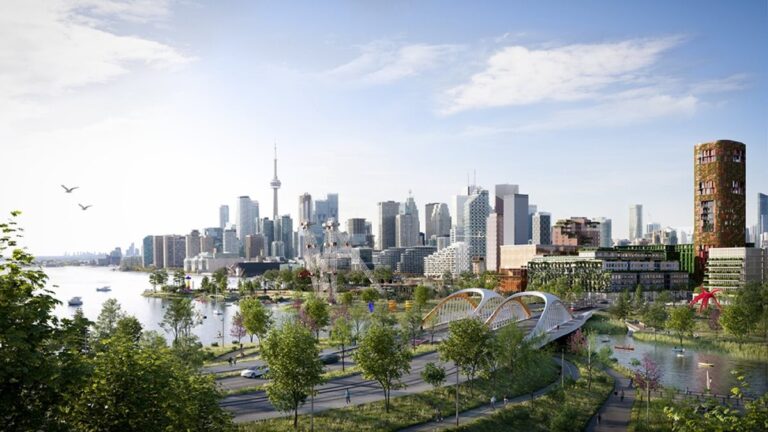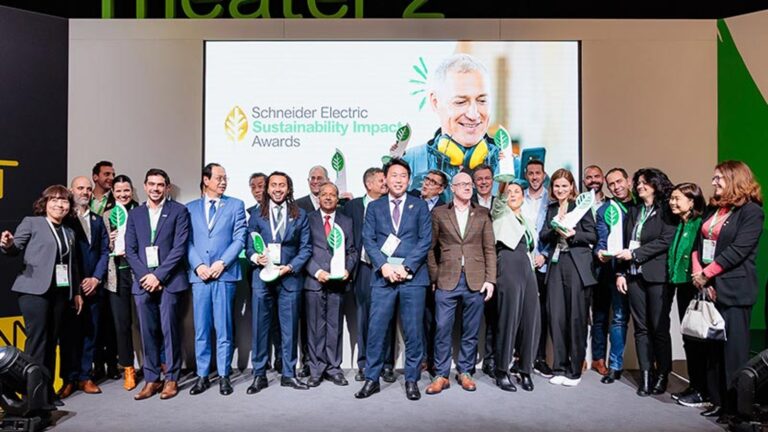Sunday, July 6, 2025
QUEST Canada and Pollution Probe recently held their bi-monthly Low Carbon Energy Innovation Community of Practice (CoP) session. This was the second meeting, with the inaugural meeting taking place in early February. The goal of these working groups is for energy practitioners across Canada to share tips, receive peer-to-peer support and discuss best practices related to low-carbon energy innovation.
When the late 1990s come to mind it doesn’t feel very long ago, but when we think of 2050, it sounds like the distant future. The reality is, it is only 27 years from now — the same amount of time that has passed since the late 90s. Canada is on a bold mission to reach net-zero carbon emissions in that time. While this is doable, it will require major changes to occur to allow for the rapid innovation necessary to achieve this goal.
The experts at QUEST Canada, a non-profit that supports communities in Canada on their pathway to net-zero, and Pollution Probe, Canada’s longest-standing environmental organization, recognized this need and joined forces to create The Low Carbon Energy Innovation (LCEI) Project.
Breaking down the barriers
The discussion began with a review of findings from the first meeting about what is stopping Canada from achieving net-zero by 2050. Some of the issues included: insufficient collaboration; lack of affordable tools and data sharing standards; low consumer literacy and interest; lack of customer choice; high costs for innovation / insufficient funding; skills shortage, insufficient longevity of incentives; and, affordability, particularly for low-income households.
Successively, an interactive poll was conducted where attendees were asked, “What are the barriers to low-carbon innovation that should be addressed through the LCEI initiative?”
“Technology adoption and transitioning (challenge of incumbency)” took the lead as the most significant barrier, with “Policy certainty” and “Training capacity” trailing behind as the second and third largest barriers, respectively. Other barriers brought into the discussion included: coordination among stakeholder groups; regulatory modernization; lack of funding; differences between jurisdictions/utility ownership types; and knowledge sharing.
Strategic solutions from across the country
To provide practitioners with a comprehensive overview of current initiatives, part of the CoP discussion included highlighting innovative solutions around Canada. For example, Smart Grid Atlantic is a federally funded research program aimed at modernizing the electric grid in Nova Scotia and New Brunswick by integrating low-carbon energy solutions to improve its efficiency and reliability with clean, renewable energy sources. Some other energy initiatives in Nova Scotia and New Brunswick that were discussed included Innovation Justification Criteria (IJC) and Saint John Energy’s Smart Energy Program.
Projects highlighted in Quebec included Hilo Smart Home, EVLO’s Lac-Mégnatic microgram, and storage for off-grid communities. Hilo Smart Home is an innovative solution that markets itself as an affordable smart home that rewards you so that you can save energy while earning cash rewards. More solutions like this that gamify reducing your carbon footprint might be a strategy to consider to get more people on board with low-carbon energy.
Utilizing these bi-monthly meetings as an opportunity to showcase the innovation implemented by the private and public sectors can inspire the acceleration of energy modernization for other organizations getting Canada closer to net-zero.
A large part of the CoP meeting was used to take a closer look at the approach being taken by the Ontario Energy Board (OEB), specifically regarding their Innovation Sandbox.
Supporting pilot projects in Ontario’s electricity and natural gas sectors, the OEB’s Innovation Sandbox is a regulatory-managed environment that provides an opportunity to test innovative products or processes and showcase how they interact with and affect people, existing markets, and regulations in the real world.
The main goal of the Innovation Sandbox is to promote the development of cost-effective innovations that bring value to the consumer and to the grid.
Innovators interested in receiving support from the OEB’s Innovation Sandbox are required to meet specific eligibility criteria:
- Support consumer value and protection.
- Maintain or enhance the resilience/reliability of the electricity or natural gas systems.
- Recognize carbon pricing and net-zero mandates.
- Have potential scalability and economic viability.
- Identify an applicable regulatory barrier.
The OEB has had success with a variety of projects. The major themes they have worked with have included: Net Metering; Virtual Net Metering; Storage; Distributed Energy Resources; and, Local Energy Markets.
The collaborative work of the OEB and Independent Electricity System Operator (IESO) was also discussed. The partnership has supported pilot projects for Enel X, Essex Powerlines Corporation, Hydro Ottawa, Peak Power, and Toronto Hydro, among others.
Learning from peers about the innovation taking place in Canada allows for a productive conversation to develop an understanding of what is currently working while discussing barriers and providing constructive direction for areas where improvement or awareness building is required.
The Low Carbon Energy Innovation CoP meeting creates a collaborative space for this discussion to occur which can help position Canada on a trajectory to net-zero.
If you are an industry professional interested in gaining insights and sharing knowledge with other practitioners, reach out to Eddie Oldfield, Senior Lead, Projects at QUEST to be invited to the next CoP meeting at eoldfield@questcanada.org.

Jennie Hornick is in the process of completing her publishing certificate at Centennial College to complement her Bachelor of Arts in Media Studies from Western University.
Featured image credit: Getty Images.











